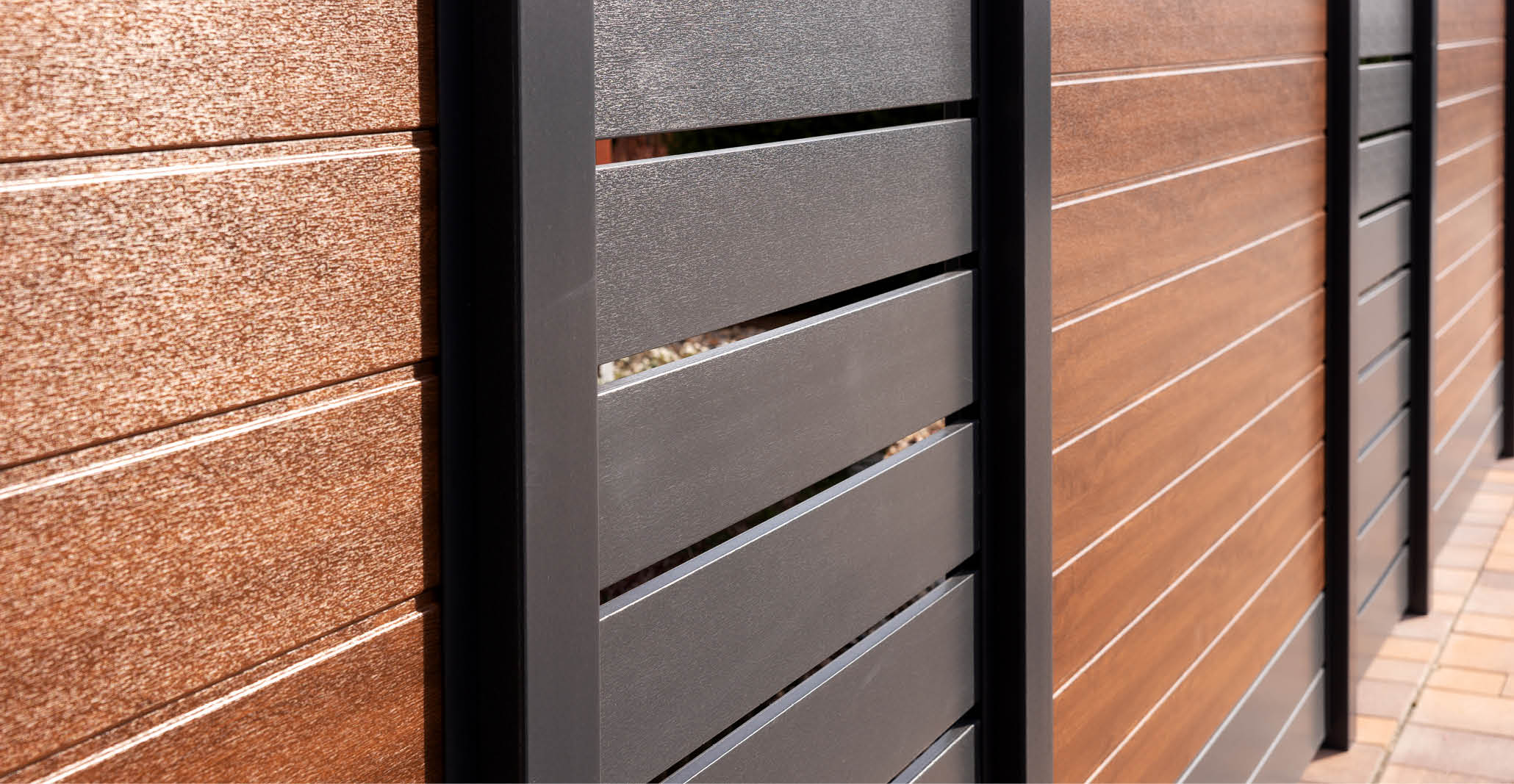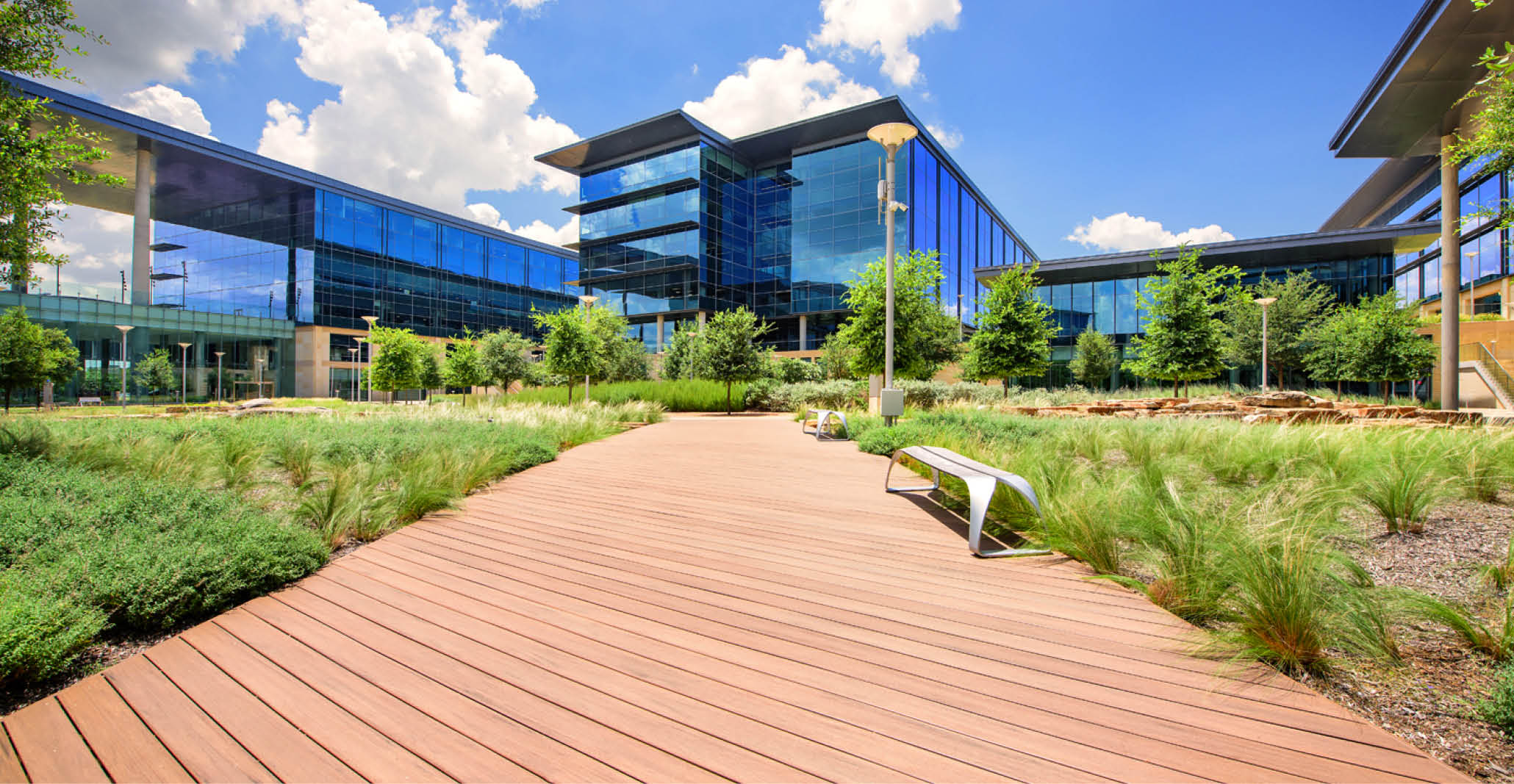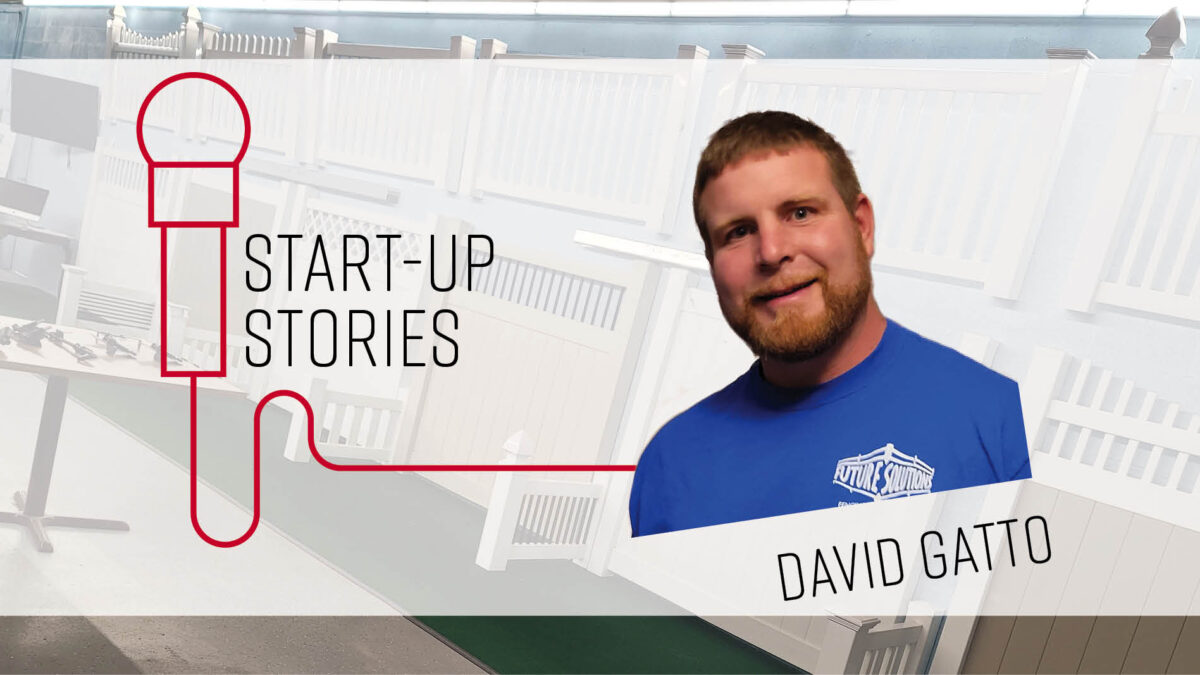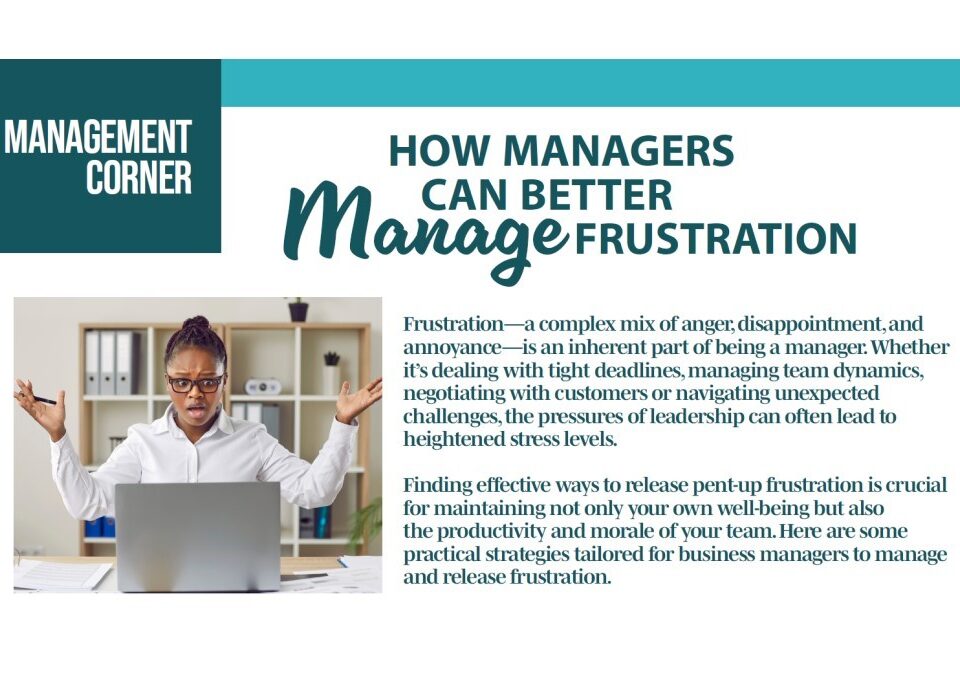
Customizing A Vinyl Fence
March 7, 2022
American Fence Association Announces 2021 PRO Award winners
March 21, 2022Start-Up Stories: David Gatto
Those on the outside may think owning and growing a business is glamorous. They see the current building, the staff, the equipment and the profits. What they don’t see are the startups. The small beginnings, the ever-present worry, the dreams and the everyday decisions that can either make it or break it.
Fence News honors those who put their hat in the self-employment ring and built their business one small step at a time.
It Was Like a Puzzle, Finally Coming Together
“I had less than $200 to my name and no vehicle,” says David Gatto upon the startup of his company Future Solutions Fence & Fence Supply in York, Pennsylvania, in 2014. Today, the company is housed in a 15,000 square-foot-building with a large production floor, showroom, eight full-time employees and 12 dedicated sub-contracting teams. “It’s amazing to looking back at this journey as we get ready to open our second location and second LLC dedicated to distribution,” Gatto says. “Through this I met my wife, had four children and we bought our dream home.”
Rewinding a bit, back in 2014, Gatto quit his job at a tire factory. He went door-to-door to see if anyone had fencing jobs he could do. “You could find me working seven days a week, hand-digging holes for fencing. I saved enough money for a truck and I was proud of it. Eventually, I was able to hire a helper and then another. Our reputation grew as word-of-mouth spread and more jobs were done. A second truck was purchased. Things were beginning to pick up, slowly.”
He says the business was like a house of cards. “One false move and it could collapse. More than once, I almost went out of business. I had to sell most of my tools and return things I had bought for my one-bedroom apartment to pay for materials for a job.”
Soon, a friend let him use a small shed behind a warehouse where he could store a few tools and keep some extra concrete dry. There were four companies in that warehouse. One day, one of the tenants decided to leave the space. Gatto spoke with the owners and asked about renting it. The rent amount was $1,000 a month.
“I didn’t think I could afford it, but I took a risk and said yes. I remember looking at that space and asking, ‘How can I make money here?’”
“We built tables from scrap materials, long enough so we could cut lineals, and we set up compound saws at the end. We made a table we could route posts on and made jigs to guide our hand routers. I bought a forklift. I took every penny I had earned and bought a truck load of materials,” he says. “It was a big risk, everything I had was on the line. I remember the day the truck came; I was so excited. In the midst, I remember knowing I was wired for this. It was like a puzzle, finally coming together.”
Gatto noticed an ad for a table CNC machine. “It wasn’t one used in the fence industry, it was a machine for carving signs,” he explains. After a little negotiating, Gatto bought it. “It barely fit in the space we had. This thing was old. Once we got everything hooked up, we weren’t sure how to use it. There weren’t even any YouTube videos for it, it was that old. I played with this machine non-stop, trial and error. I learned geometric code and started writing every program from scratch to cut any design we could sell. I had to set spindle speed, spindle direction, feed rates, rapid movements, etc. I had to break every movement down into millimeters for accuracy. Eventually, I had it mastered. I would run back and forth from one end of that CNC to the other, clamping materials, taking measurements, making sure it was cutting correctly, documenting things that needed to be addressed, but most importantly, selling fence.”
Soon that machine made money. The warehouse owners had a large portion of the space coming available soon. Gatto went to look at the space, it was completely trashed, damp, and dark with only one or two working lights. Rent was $3,000 a month. “I swallowed hard. This was risky, I could lose it all. I put my fear aside and said ‘yes’ again,” Gatto says. “Through all of this, never had I been happier as I saw my business growing wings.”
Gatto remodeled the whole place, making it into two offices and a large production floor with a staff breakroom. “The house of cards was really big now. One small breeze and she could collapse,” he remembers.
He hired more employees and obtained more materials. “Then, we bought an SSD 2-bay router. That changed everything. It was easy to use, child’s play compared to what were used to with the table CNC.”
More space in the warehouse became available. Gatto acquired it and turned it into a showroom. After a bit more time, the final space in the warehouse was now available. With that came another office and an aluminum production floor, along with an expanded yard and employee parking.
As Gatto thinks back through it all, he says, “I wouldn’t change a thing. All things are possible.”




